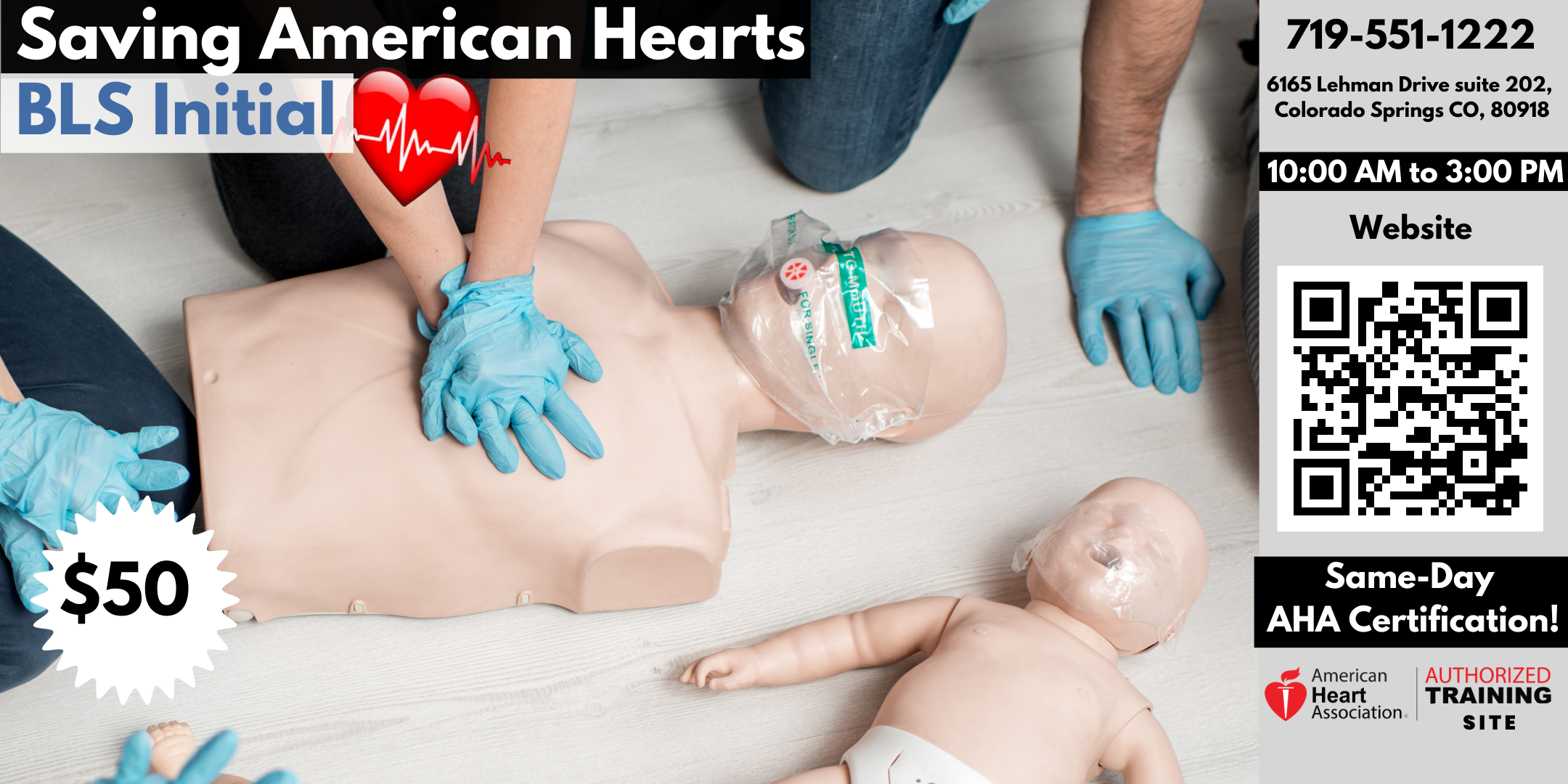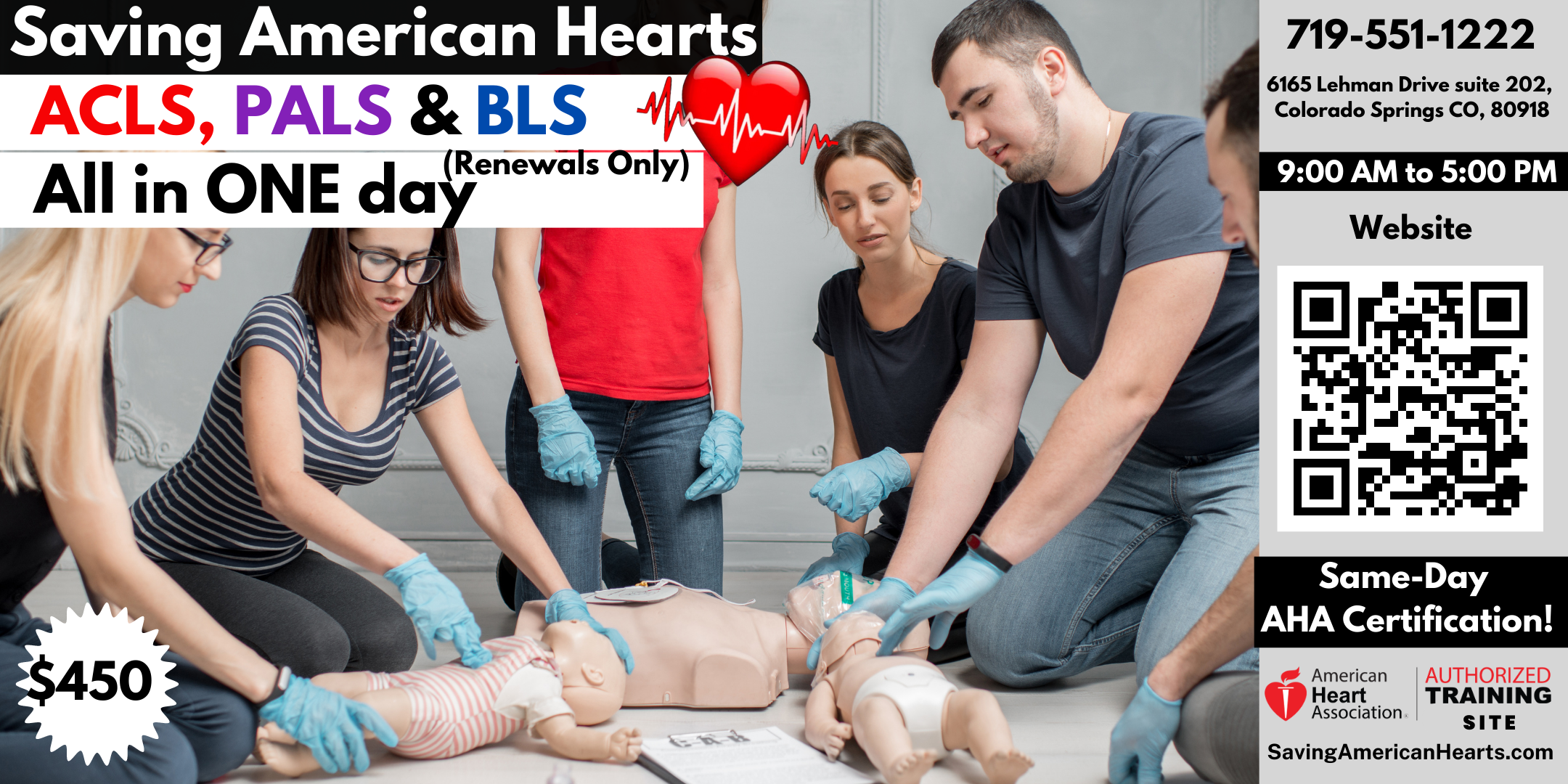Posted by By Angelica Stablie May 10, 2023 on May 18th 2023
Bad Bunny's hit song has 'right tempo' for life-saving CPR, American Heart Association says: 'Keep the beat' This song and others have the perfect beat for performing hands-only CPR to save lives
Bad Bunny's hit song has 'right tempo' for life-saving CPR, American Heart Association says: 'Keep the beat'
This song and others have the perfect beat for performing hands-only CPR to save lives
One Bad Bunny bop can be used to save lives, according to the American Heart Association.
the perfect beat to perform compressions in hands-only CPR, the AHA announced earlier this year.
The tempo of the popular song has 107 beats per minute (BPM), AHA wrote on social media; this falls within the recommended 100 to 120 BPM when administering CPR.
The American Heart Association created a playlist on Spotify called "Don’t Drop The Beat," which compiles popular tracks that fall within that same BPM sweet spot.
This includes songs like "Ice Ice Baby" by Vanilla Ice, "Poker Face" by Lady Gaga, "I Wanna Dance with Somebody" by Whitney Houston, "Sorry" by Justin Bieber and "24K Magic" by Bruno Mars.
American Heart Association on Twitter: "Bad Bunny’s “Titi Me Pregunto” can help you keep the beat and save a life with Hands-Only CPR. If you see a teen or adult suddenly collapse: ? Call 911 ? Push hard and fast in the center of the chest at a rate of 100-120 beats per minute #CPRwithHeart #HeartMonth @sanbenito https://t.co/0pIt2BFKjd" / Twitter
Other classic hits on the playlist include "Intergalactic" by Beastie Boys, "More Than a Feeling" by Boston, "Ring of Fire" by Johnny Cash, "Bye Bye Bye" by NSYNC and "Stayin’ Alive" by the Bee Gees.
While most music lovers may have these song selections committed to memory, the act of hands-only CPR may not be as familiar.
Dr. Comilla Sasson, the American Heart Association's vice president for science and innovation for emergency cardiovascular care, revealed some important tips to remember when performing life-saving compressions during an interview with Fox News Digital.
"The American Heart Association really wants to remind people that anyone can perform CPR," she said via phone.
In the event that someone collapses and chest compressions are required, the doctor said these songs are a good way to find the correct beat.
"Think about that song. Think about the beat of that music. That's 100 to 120 beats per minute, and that's how fast you should be pushing on the chest," Sasson explained.
For teens and young adults, starting with hands-only CPR — just the compression portion of the procedure — can be life-saving, she said.
"Recognizing that someone's had a cardiac arrest and that their heart has stopped, calling 911 and then getting your hands on the chest and starting CPR is really, really important," she added.
Hands-only CPR can be kept "super simple," Sasson said, but stressed that it's important to remember to push "hard and fast in the center of the chest" near the bottom of the sternum.
"You are acting like the person's heart," she said. "So that person's heart has stopped, and you are … going to help bring all of that blood flow, all of that oxygen that's sitting within that blood to all the vital organs, like the brain, and keeping that person's chances of surviving much, much higher."
Some indications that CPR may be necessary are if someone suddenly collapses, begins breathing abnormally or becomes unresponsive.
Sasson explained how most 911 dispatchers will remain on the line for support while CPR is being performed.
While it’s important to perform these steps correctly, Sasson said it is critical to act quickly and not hesitate.
For every one minute that CPR is not performed after an incident, there is a 10% lower chance of survival, she noted.
"So, you’ve basically got a 10-minute window where CPR can have a huge impact," she said.
"Those first few minutes are so, so important — and if somebody doesn't have CPR performed, if they don't have an AED (automated external defibrillator) used, if there are delays in calling 911 and getting EMS to the scene, we know that their chances of survival go down."
Even though responding to someone who has collapsed and is unconscious can be "stressful," Sasson emphasized that being prepared is better than being scared.


 Saving American Hearts, Inc Education
events in Colorado
official Colorado vacation information
Saving American Hearts, Inc Education
events in Colorado
official Colorado vacation information